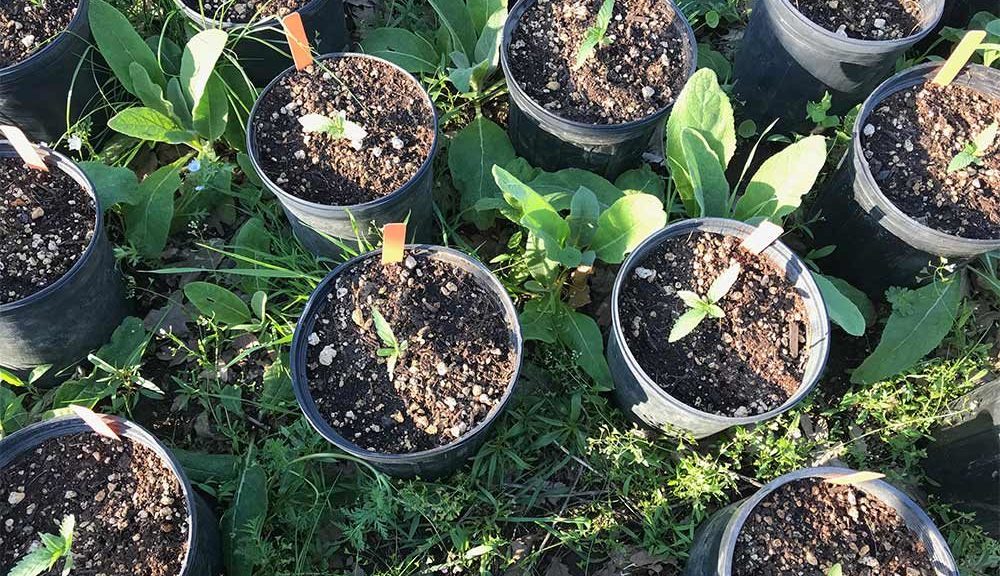What’s the most important thing to get right in growing cannabis? This is, of course, an ongoing argument and every grower will probably give a different answer.
For example, deciding to go for all fruity cultivars because you like them even though everyone in your market area is buying gas, could mean the crop won’t sell.
Nevertheless, this year, after a long conversation with Nat Pennington, owner of Humboldt Seed Company, he finally convinced me to use some feminized seeds.
And not only that, but during May and June and sometimes into July, you have to visually inspect each and every plant every day for signs that it has declared its gender and then separate the males from the females.
In addition, with regular seeds the chances of different phenotypes cropping up can be high, particularly in F-2 and F-3 generations of a breed.
This can cost up to $15 per plant, but the savings in water, nutrients and labor costs is worth it, because the female plants can be transplanted into the garden beds in early May rather than late June and the males no longer take food and water.
These seeds flower a set number of days after planting, which is a trait that was developed in northern latitudes where there is a very short summer.
With limited space available, choose cultivars that are ready to cut in three separate harvests, allowing time for the first cut to dry before the second cut is harvested.
If you are growing in full sun, this means choosing some cultivars that come in early—meaning late September or early October; some that are ready in mid to late October; and some that are ready in November.
Next, consider your specific local climate and whether mold and mildew are problematic, then choose cultivars that are resistant to these threats.
Finally, unless you have a signature cultivar that you always grow, consider doing some market research to see what cultivars are hot in your area, then grow a range of cultivars for a menu that is aimed at your market.
